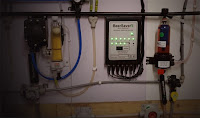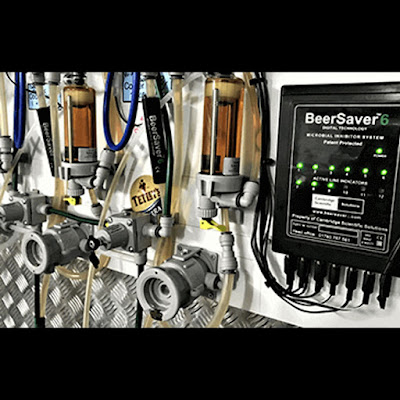Some of the Things Which Can Taint Beer and Cost You Money
When you run a pub or bar that dispenses beer, one of the most essential tasks is keeping the beer lines clean. There are quite a number of things that can taint your beer and will lead to loss of customers and therefore loss of sales.
One of the most important of these is yeast build-up in the pipe lines. Yeast build-up can occur as a result of yeasts left over from the brewing process. Yeast build-up can also be a result of natural yeasts that float around in the air. Yeasts are usually found on things like the couplers, spouts, sparklers, and drains. If wild yeasts are on the couplers there is a good chance that they can get into the beer lines during keg/cask changes and cause an infection.
Another problem is moulds. These love to live in cool, damp places, and can get into the dispense system and form bio-film colonies. This should not happen with regular line cleaning. It can also occur if you pour slops back into the cask at the end of a session, and this should never be done.
Oxidation is another problem and can give the beer a wet cardboard type of taste. It is caused by beer that has simply begun to age and there is nothing that can be done to save it. Once a cask has been opened and conditioned it should be used within three days. Kegs should be used within 3 – 7 days of connection to the dispense system, as after that it will have reacted with the air and caused a chemical called nonenol to form. The answer is only to order keg and cask sizes that can be sold within the time period, and to organise proper stock control.
Another type of taint is caused by chemicals known as phenols, the most common of these being used in the pub trade being chlorophenol. These can build up as a result of too much beer line cleaner being used or leaving the cleaner in the lines for longer than the recommended time. The manufacturer's instructions should always be followed to the letter.




Comments
Post a Comment